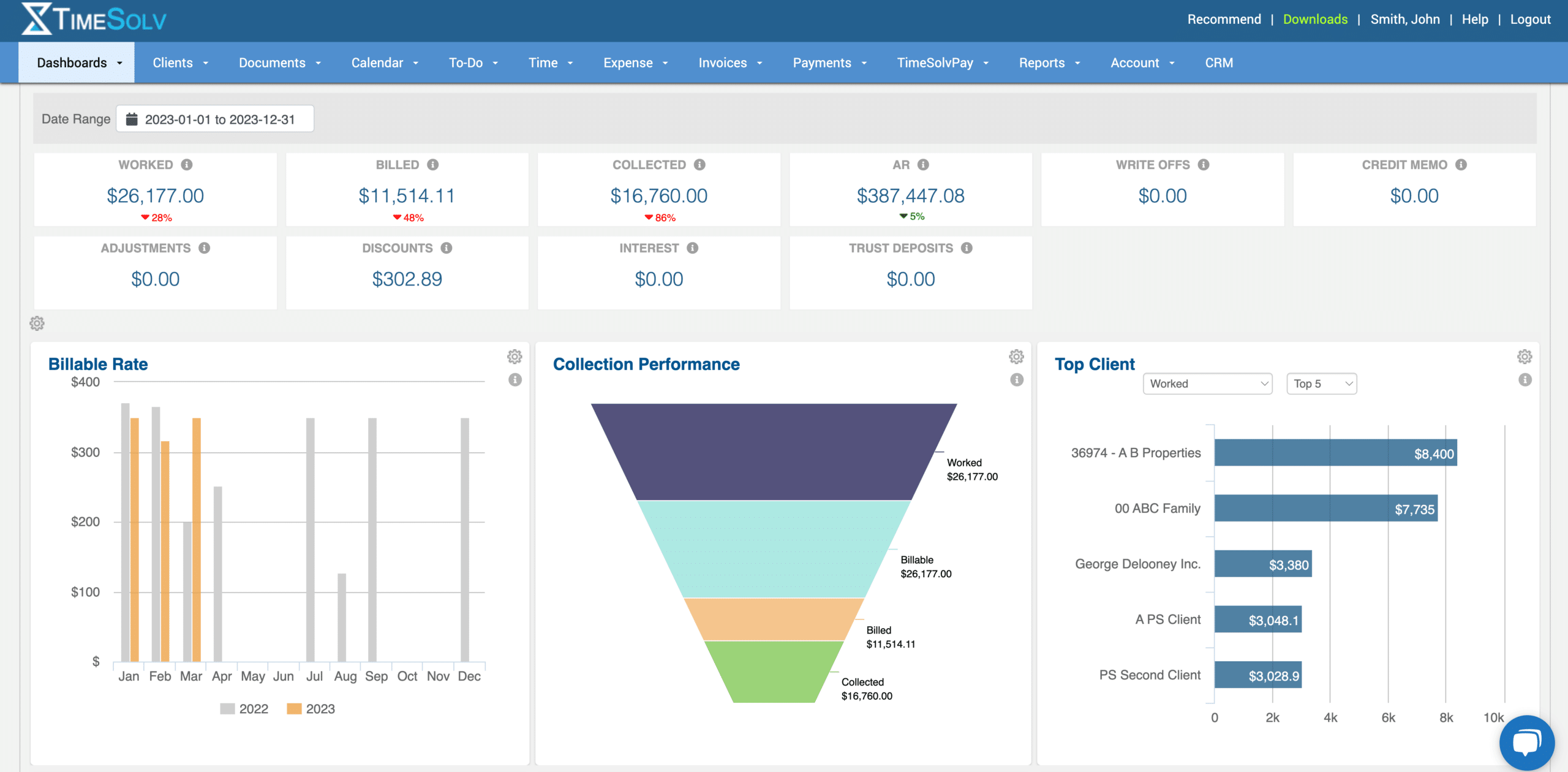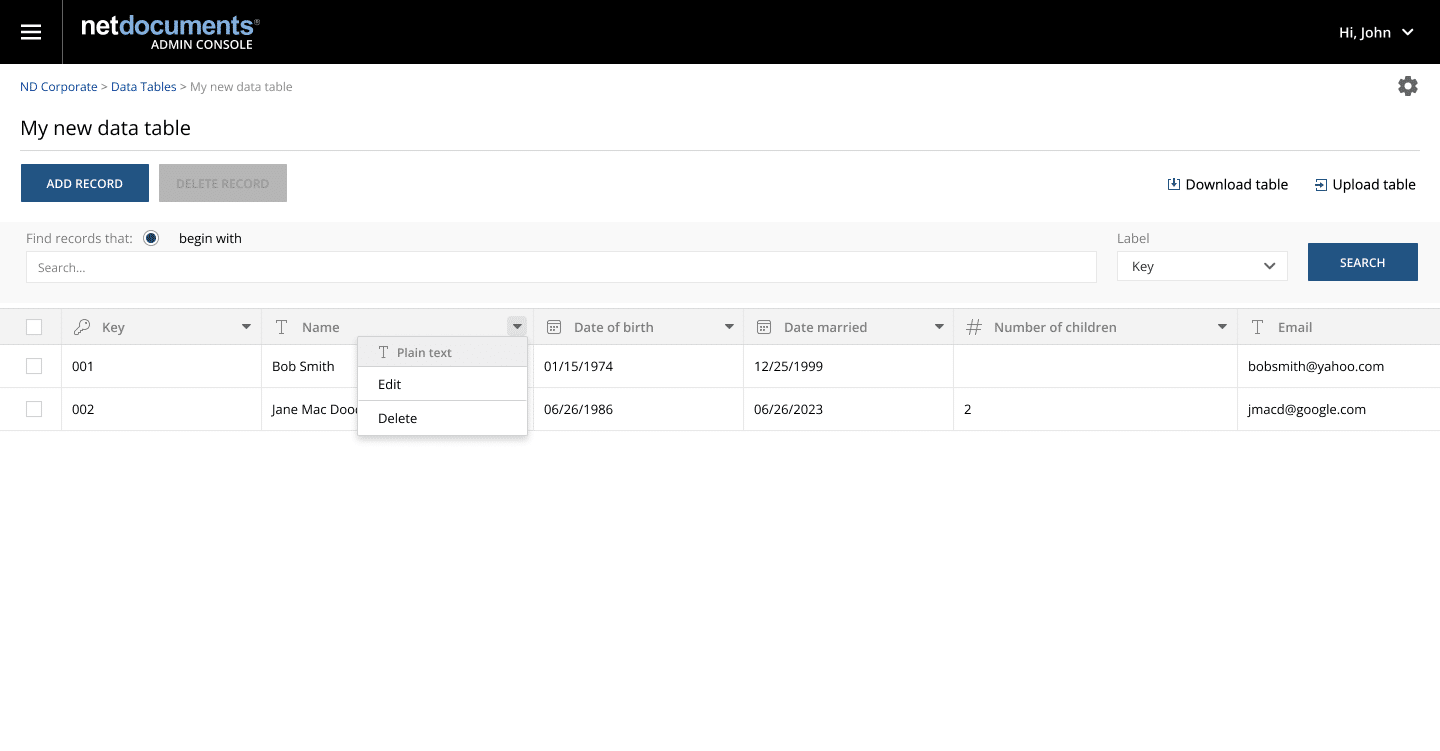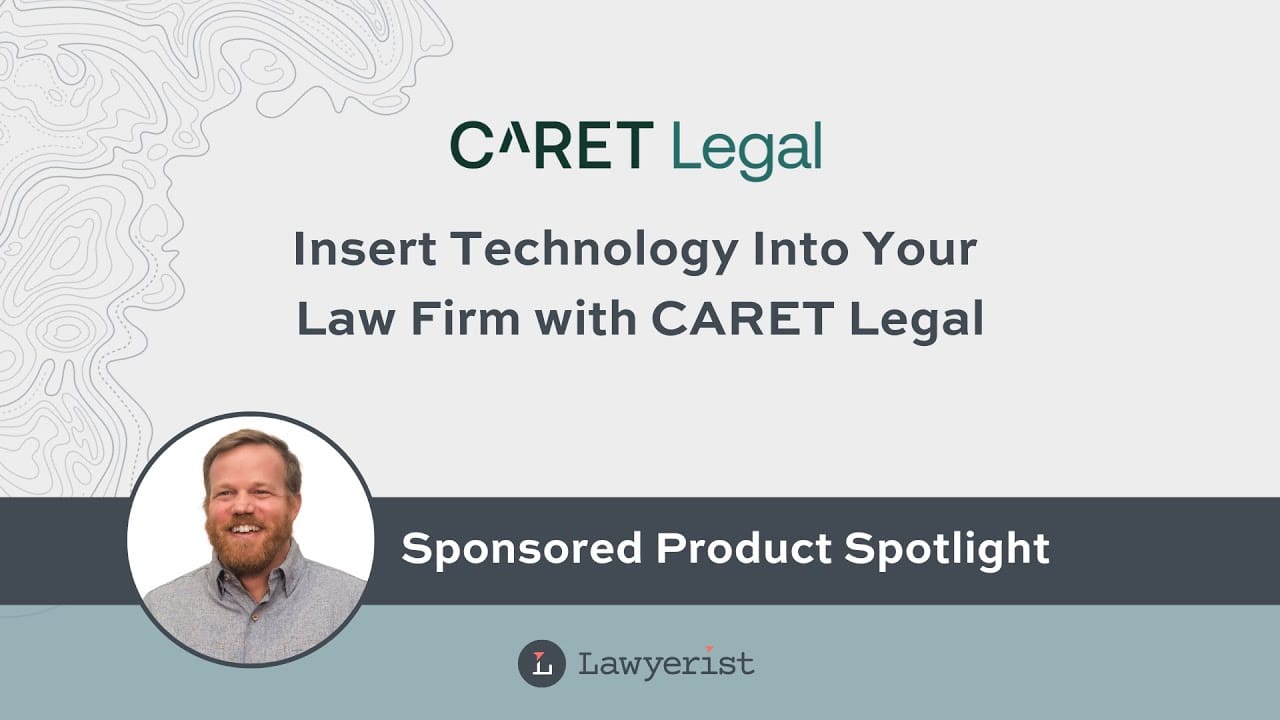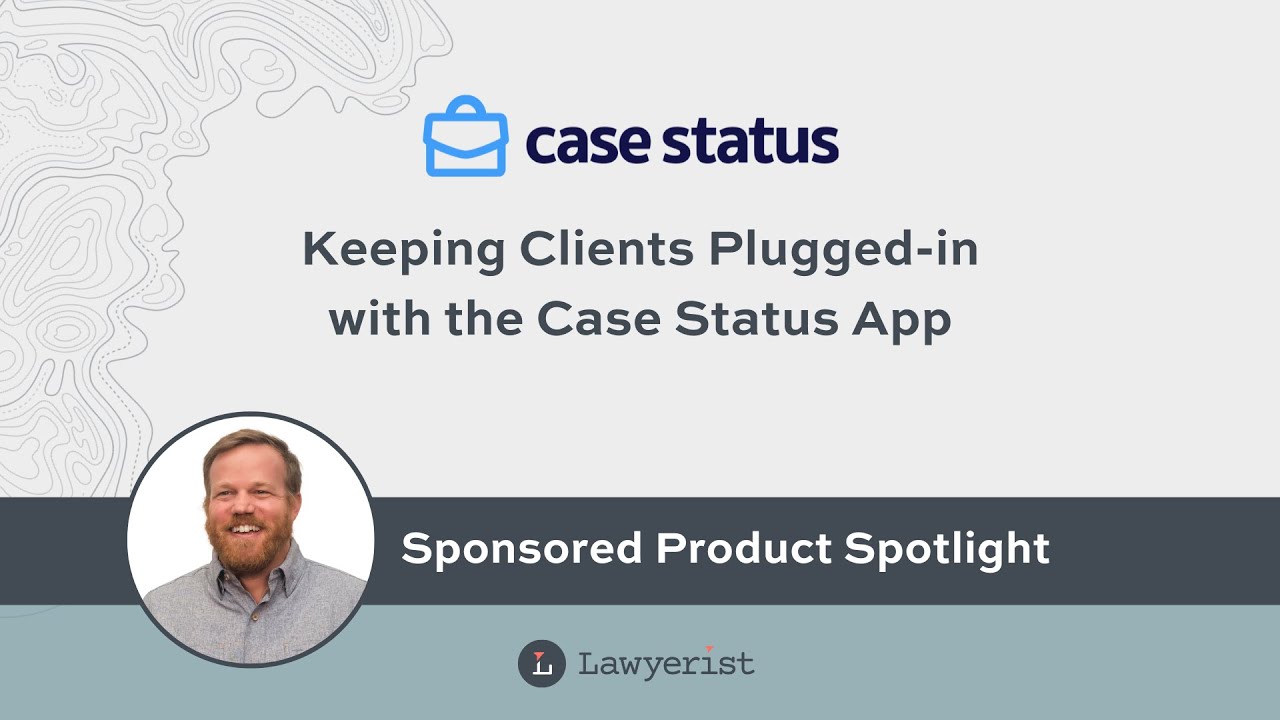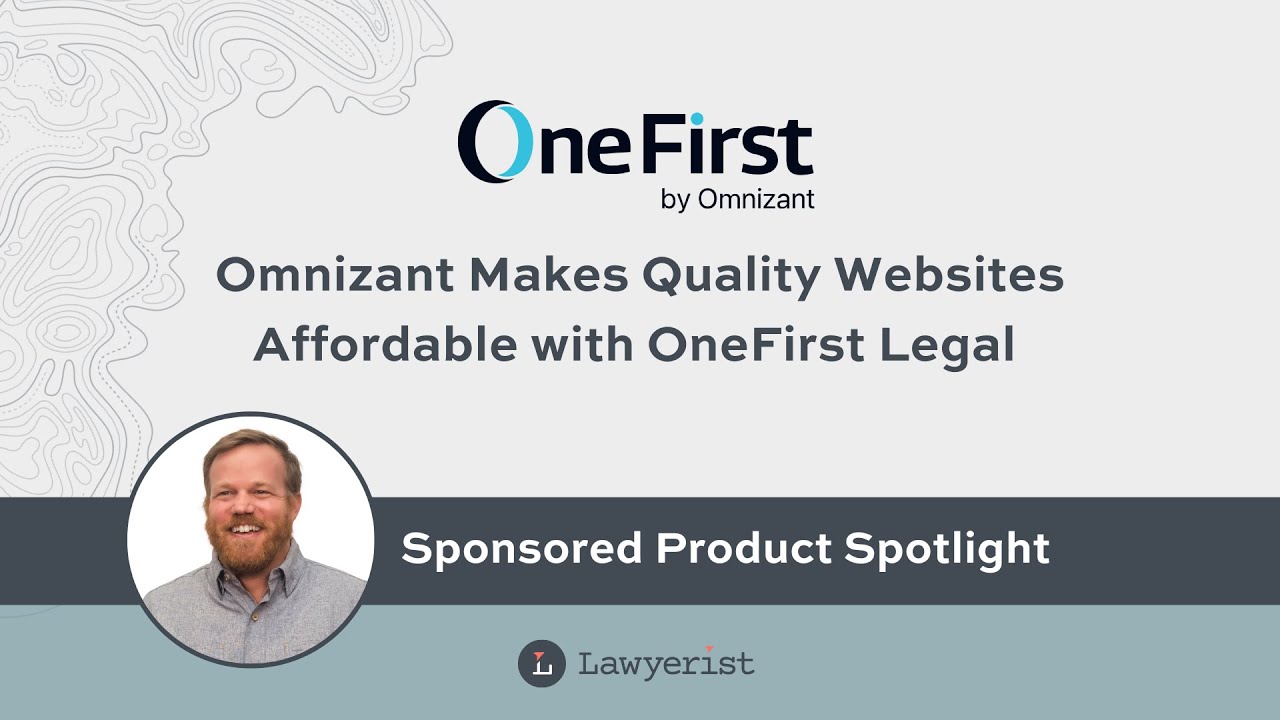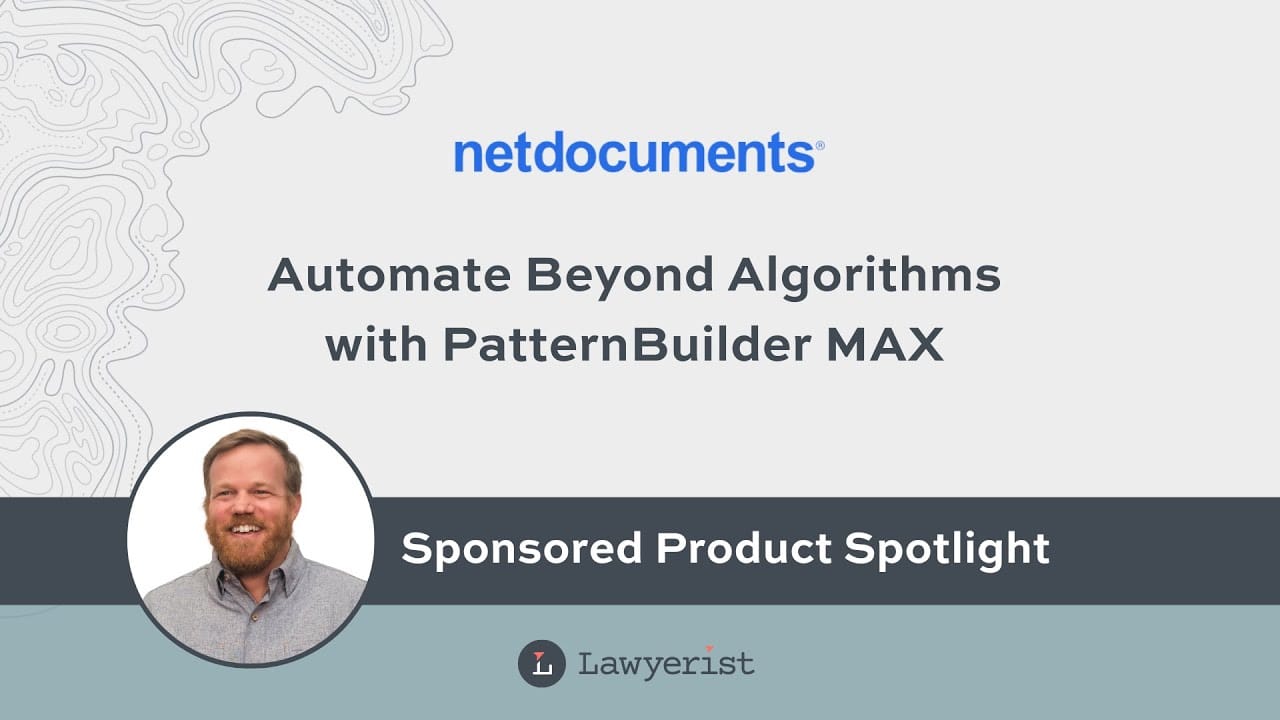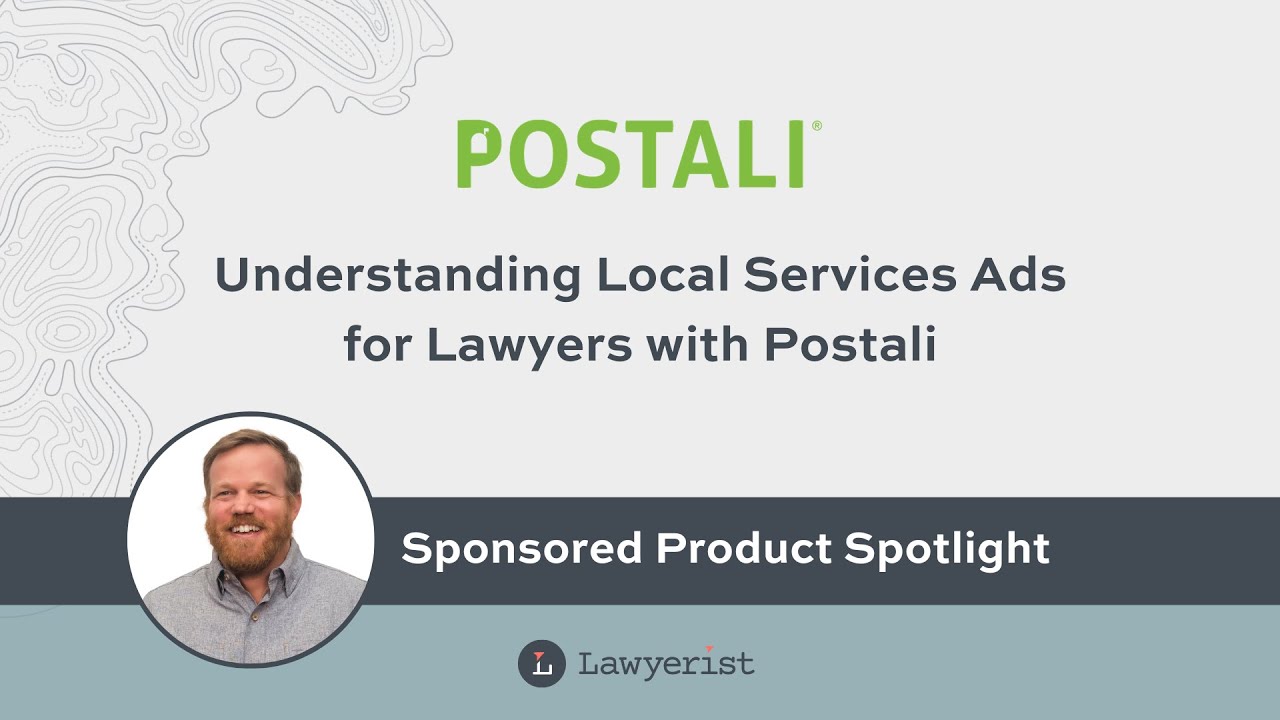Ask The Right Questions to Get Better Client Feedback

Has the feedback you’ve received from your client surveys been lackluster? We aren’t talking about unhappy clients or low scores. We’re talking about feedback that is beneficial to help your small law firm grow, evolve, and better serve your clients.
According to Ashley Steckler, Lawyerist Product Director, if you’re finding yourself in this position, you may not be asking the right questions. She outlines five tips to adjust and improve your feedback surveys and enhance client feedback.
Ask Yourself What You Want to Learn and How to Approach It
The first step in designing a feedback survey is establishing what you want to learn from your clients. Ashley suggests being very clear about what’s the most important information you need and what sort of data you want as a result. “Start by asking yourself: what do I really want to learn and what’s the simplest way that I can ask?” she said.
Mirror your regular communication method when sending your survey. If you regularly use a client portal that facilitates texting between client and attorney, stick with that. But, if you’ve never sent a text to your client, don’t send them a survey via text. Whichever communication method you opt for, make accessing your survey an easy, one-click step.
Keep it Short, But Don’t Keep it Too Simple
According to Ashley, questions like “tell us how we did” and “how was your experience” are counterproductive to useful answers. These open-ended, general questions are often unclear and make it unlikely you’ll receive the responses you want.
Start with easy questions, like “Rate your experience with our firm on a scale of one to five,” or “How likely are you to refer us to someone?” Don’t ask questions you already know the answer to, like contact or demographic information. This will help avoid survey fatigue before getting to more important questions.
Clients shouldn’t spend more than three to five minutes completing a survey. Remember, they are doing you a favor by taking the time to offer feedback. Think about how much time you want them to invest. “Anything that extends beyond five minutes is too much—too thoughtful, too time-consuming, too many examples, too much writing,” she said.
Set your expectations upfront in summary language and establish that you’re looking for top-of-mind responses, not paragraph-long responses. “Train of thought answers are the most authentic. We don’t want people to try to wordsmith what they want to most perfectly let us know,” said Ashley. So, you might ask: “Briefly, what comes to mind when you think about your experience with our firm?” You’ll likely get what’s top of mind.
Stay Away from Internal Jargon
Part of being a client-centered firm means making sure clients have a solid understanding of what they can expect. You want to do the same when soliciting feedback. Use plain and simple language that your clients are familiar with and avoid using internal jargon. “You want to use the language clients have already come to expect in your communication,” said Ashley.
For example, clients may not know what an estate plan is, but they probably know the purpose of a will. Don’t confuse clients with industry lingo and keep your questions simple and easily digestible.
Scale Your Survey from One to Five (Not Beyond)
Use a scale of one to five to capture data. “People don’t know what seven and eight mean,” Ashley said. “But they can think: one, horrible, five, fantastic.” The first question can set the tone for further questions and allow you to capture the client’s thoughts and expectations.
Identify this scale for the client. For example, if you’re asking them to rate if their expectations were met during their consultation, identify the scale as: yes, mostly, somewhat, not really, or no. Simple and easy-to-answer questions like these will help you get a sense of how your current processes are working and where improvements should be made.
Always Keep Your Client In Mind
At its root, the purpose of client feedback helps you better serve your clients. Center your feedback requests around how their response will benefit their experience.
“The request for feedback shouldn’t be framed as a favor to you,” said Ashley. “It should show what is the value and why it’s helpful to others from the perspective of service. Even if you’re asking for client feedback in the way of a Google review.”
Don’t pigeonhole your clients into answering every single thing by making every question mandatory. Allow them to answer the questions they want to answer.
Ensure your request is inclusive and allow for other ways for clients to respond. “Maybe they don’t like filling out forms, but they would be happy to answer questions on a call or do an easy-entry video,” said Ashley. Options always offer more incentives.
For a more in-depth look at perfecting your client feedback experience, listen to Episode 424 of The Lawyerist Podcast. For even more help, look for Ashley’s workshops and coaching schedule in Lawyerist Lab.
The post Ask The Right Questions to Get Better Client Feedback appeared first on Lawyerist.





